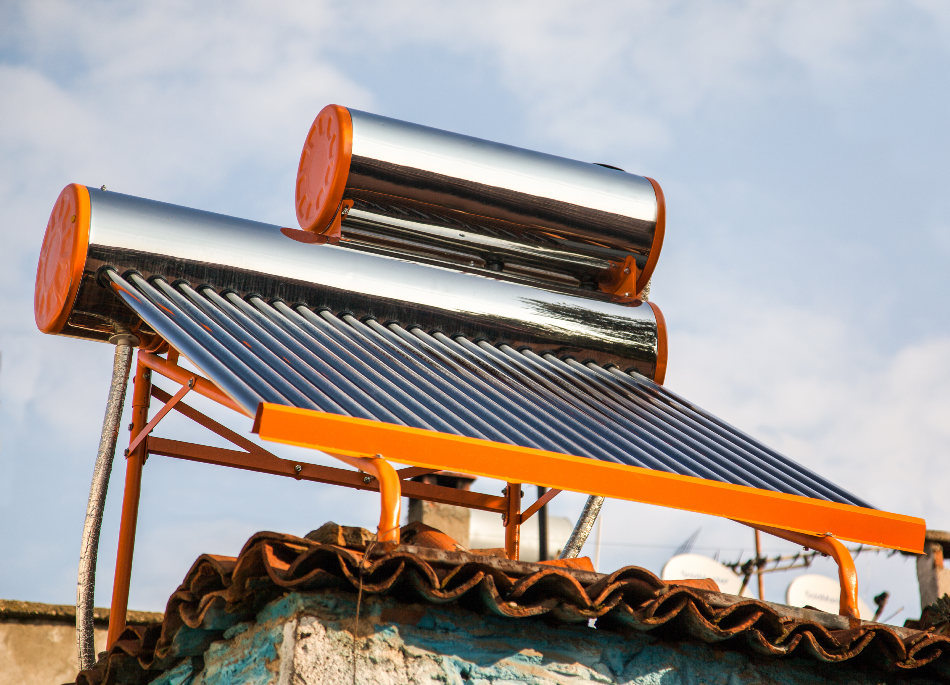
nrqemi / Shutterstock
Tomorrow’s buildings are being built with the capacity to both generate and store their power supply. Energy consumption is currently a major focus of government initiatives worldwide. For decades we have been aware that we need to innovate alternative ways to generate power because not only are fossil fuels becoming depleted, but the use of this kind of energy is damaging to the environment.
To address this, the technology sector has made great strides forward in creating solutions. Not only helping to support the widespread adoption of renewables but in using sensor technology to optimize energy usage. Additionally developing storage solution systems to support renewables as well as creating methods for generating power from ambient energy to maximize availability and minimize wastage.
The buildings of tomorrow are being designed with these new technologies in mind. Below we focus on how energy storage and harvesting are being incorporated into buildings.
What is Energy Harvesting?
Heat, light, electromagnetic radiation and vibrations are all sources of ambient energy that can be harvested and converted into electrical energy through processes using transducers. Energy harvesting aims to make the most of the energy sources that exist all around us that would otherwise be wasted and convert them into something valuable - usable energy in the form of an electric current.
Buildings have access to all these kinds of ambient energy, and what’s more, is that they also have access to extra sources of energy that are produced as a form of wastage. For example, the heat that other technologies generate, such as computers or even stoves in kitchens. Therefore the process of energy harvesting is also known as energy scavenging.
How Buildings are Harvesting and Storing Energy
Currently, numerous technologies exist allowing buildings to harvest and store energy, and even more, are under development.
New Piezoelectric Technology Innovation
Recent research has established a new way of harnessing energy in the form of vibrations from high-rise buildings. Researchers have developed a new piezoelectric technology that has the capacity of converting vibration energy of a building into electricity. The innovation involves two groups of series piezoelectric generators being connected via a shared shaft. A linking rod hinged on a proof mass on the tip of a cantilever positioned onto the building’s roof drives the shaft. Through this process, the vibrational movement is harnessed efficiently and practically.
Energy from Heat
The heat source is in abundance in buildings. This can be in the form of a waste product from other electrical systems, or through radiation from the sun. Several methods have been devised to harness this energy and convert it into power.
Solar windows and walls are currently in development with researchers, exploring ways to capture the vast amount of heat energy generated when sunlight shines through the glass and convert it into usable power for the building.
In addition to this, thermoelectric energy harvesters are already in existence, which converts waste heat energy successfully into an electrical current. These devices are currently being improved on with the use of quantum dots to make them more efficient.
Energy Storage
Energy storage has long been a focus for renewable energy, as their intermittent nature stands as a barrier to full widespread adoption. With reliable energy storage options, energy surpluses can be stored and redistributed when input is low. Buildings are now being built with storage options in mind so that green buildings and smart buildings can rely on their renewable energy inputs, as well as using energy generated from ambient sources whenever they require it.
Batteries
Batteries are the main source of energy storage, and large projects around the globe have proven their efficiency at storing large amounts of power. Studies have shown that they can be easily incorporated within local infrastructure, allowing projects (such as mining projects) and even buildings to be self-sufficient.
Hydrogen
Hydrogen is another popular form of power storage. Recent projects have used excess renewable energy sources to power electrolysis, splitting hydrogen from water to store hydrogen for combustion. This system has initially been designed for larger projects, but the future could see a place for it in storing energy for buildings.
Other Kinds of Storage
Liquefied air is being investigated in the UK as a way of storing energy for buildings. The principal is that air is compressed and cooled into a liquid to store energy. This method is being looked on favorably for its ability to be used anywhere, regardless of geographical location, as well as its ability to store large amounts of power.
What Future Buildings May Look Like
Buildings of the future are likely to have integrated systems of energy harvesting, storage, dispersal through a local microgrid. Systems would probably be integrated with sensors to create buildings that efficiently generate power through wasted energy sources, as well as utilize renewables, store energy surpluses in batteries or other forms to be utilized when it is needed and can reduce wastage of power through optimizing usage.
Source
Disclaimer: The views expressed here are those of the author expressed in their private capacity and do not necessarily represent the views of AZoM.com Limited T/A AZoNetwork the owner and operator of this website. This disclaimer forms part of the Terms and conditions of use of this website.